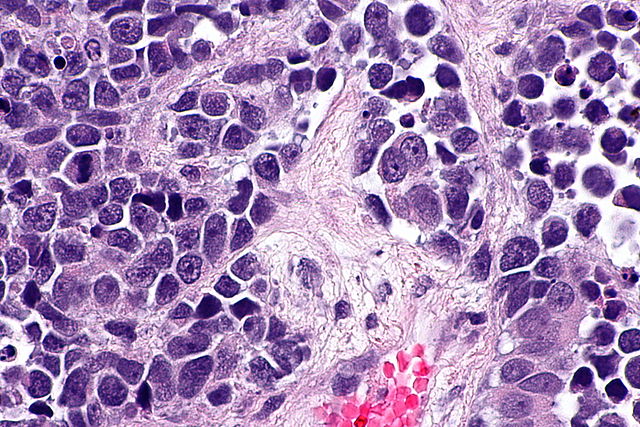Potential DNA damage from CRISPR has been ‘seriously underestimated,’ study finds
By Sharon Begley,
Stat
| 07. 16. 2018
From the earliest days of the CRISPR-Cas9 era, scientists have known that the first step in how it edits genomes — snipping DNA — creates an unholy mess: Cellular repairmen frantically try to fix the cuts by throwing random chunks of DNA into the breach and deleting other random bits. Research published on Monday suggests that’s only the tip of a Titanic-sized iceberg: CRISPR-Cas9 can cause significantly greater genetic havoc than experts thought, the study concludes, perhaps enough to threaten the health of patients who would one day receive CRISPR-based therapy.
The results come hard on the heels of two studies that identified a related issue: Some CRISPR’d cells might be missing a key anti-cancer mechanism and therefore be able to initiate tumors.
The DNA damage found in the new study included deletions of thousands of DNA bases, including at spots far from the edit. Some of the deletions can silence genes that should be active and activate genes that should be silent, including cancer-causing genes.
The DNA chaos that CRISPR unleashes has been “seriously underestimated,” said geneticist Allan...
Related Articles
By Aisha Down, The Guardian | 11.10.2025
It has been an excellent year for neurotech, if you ignore the people funding it. In August, a tiny brain implant successfully decoded the inner speech of paralysis patients. In October, an eye implant restored sight to patients who had...
By Jessica Hamzelou, MIT Technology Review | 11.07.2025
This week, we heard that Tom Brady had his dog cloned. The former quarterback revealed that his Junie is actually a clone of Lua, a pit bull mix that died in 2023.
Brady’s announcement follows those of celebrities like Paris...
By Heidi Ledford, Nature | 10.31.2025
Late last year, dozens of researchers spanning thousands of miles banded together in a race to save one baby boy’s life. The result was a world first: a cutting-edge gene-editing therapy fashioned for a single person, and produced in...
By Lauran Neergaard, AP News | 11.03.2025
WASHINGTON (AP) — The first clinical trial is getting underway to see if transplanting pig kidneys into people might really save lives.
United Therapeutics, a producer of gene-edited pig kidneys, announced Monday that the study’s initial transplant was performed successfully...




